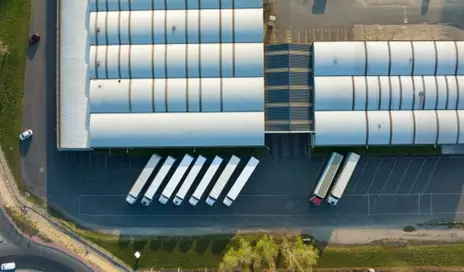Technology is an important pillar in supporting sustainability efforts
In recent years, sustainability has become a pressing concern as the world faces environmental challenges such as climate change, resource depletion, and biodiversity loss. Addressing these challenges requires a multifaceted approach, with technology playing a critical role. Software technology, in particular, has emerged as a powerful tool in the fight against sustainability challenges. From promoting energy efficiency to enabling sustainable supply chain management, software technology has the potential to help us build a more sustainable future.
While software alone cannot solve sustainability challenges, it is certainly playing a significant role in promoting sustainable behavior, optimizing resource use, and improving environmental monitoring and management.

Technology for Sustainability
There are many sustainability challenges that can be addressed using software technology. Here are a few examples:
Climate Change: Technology can help reduce greenhouse gas emissions by optimizing energy use, promoting the use of renewable energy, and enabling sustainable transportation systems.
Resource Depletion: Software solutions can help optimize the use of natural resources by reducing waste and improving efficiency in the distribution and management of these resources.
Biodiversity Loss: Technology helps monitor and manage ecosystems, promoting biodiversity conservation and protecting endangered species.
Food Security: Software technology can help promote sustainable agriculture practices, improving crop yields and reducing food waste. It also helps disseminate valuable information and insights to remote locations helping farmers access scientific knowledge in crop care.
Circular Economy: Promoting a circular economy by enabling the reuse and recycling of materials, reducing waste, and promoting sustainability is possible using software solutions.
Sustainable Supply Chain Management: Software technology can help manage supply chains in a more sustainable way, promoting transparency and accountability, and reducing the environmental impact of business operations.

Here are some ways that software is contributing to sustainability efforts:
Data Collection and Analysis: Software technology is helping to collect and analyze data about sustainability challenges, which can be used to inform policy decisions and identify areas for improvement. For example, remote sensing and GIS technologies can help monitor changes in land use and vegetation cover, which can inform conservation efforts.
Resource Optimization: Software technology is being used to optimize the use of resources such as water, energy, and materials. For example, building automation systems can help reduce energy consumption by automatically adjusting lighting and HVAC systems based on occupancy patterns.
Sustainable Supply Chain Management: Software technology is being used to manage supply chains in more sustainable ways. For example, blockchain technology can help promote transparency and accountability in supply chains by providing a secure and verifiable record of transactions.
Environmental Monitoring: Software technology is being used to monitor environmental conditions such as air and water quality. For example, sensor networks can detect changes in water quality and alert authorities to potential contamination.
Overall, software technology is playing a vital role in addressing sustainability challenges by providing tools and solutions that can help promote sustainable behavior, optimize resource use, and improve environmental monitoring and management.
At MINDSPRINT we are very conscious of our role in helping our customers achieve their sustainability goals and efforts. We are constantly improving our solutions to address our customers’ sustainability challenges to help them become responsible business entities.
Let’s start a conversation









